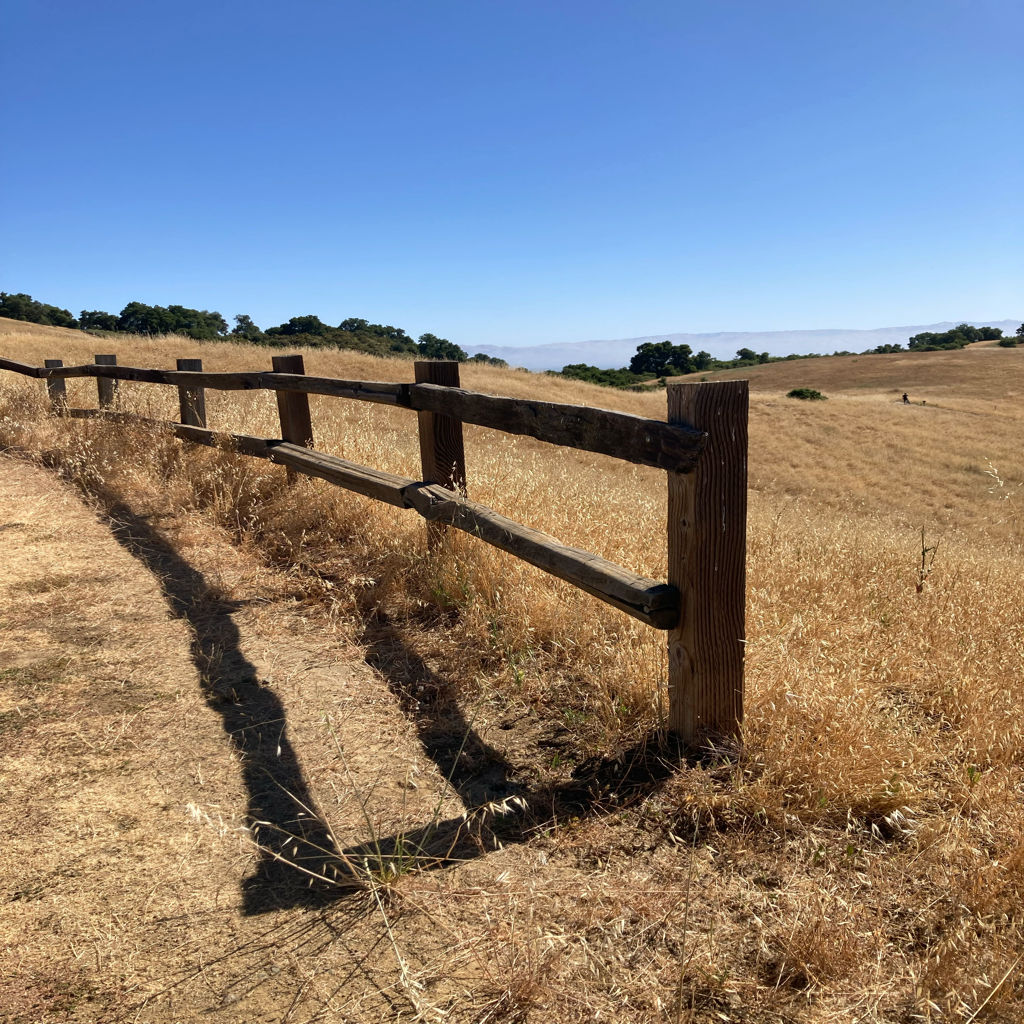Traffic
Let us embark on a journey to the past, to an era when innovators like Benz and Diesel were at the forefront of a transportation revolution with their groundbreaking invention of the automobile. Simultaneously, electric engines were making their mark in places like the New York underground. It triggers the question: what if history had taken a different course?
Copyright© Schmied Enterprises LLC, 2024.
Link of the day.
Automatic Generation of Visualizations and Infographics with LLMs. Here.
Link of the day.
Thinking about your own robotics? Here.
Link of the day.
All you need about AI for business leaders. Here.
Link of the day.
Generated faces are here to stay for communication. Here.
Link of the day.
CFO and bookkeeping services. Here.
The Potential of Electric Vehicles
Picture a world where electric vehicles (EVs) are the norm. The issue of exhaust emissions becomes a thing of the past. We could construct buildings over public roads, effectively transforming the urban landscape. Imagine your upscale neighborhood reclaiming half of the space currently consumed by transportation infrastructure. Of course, there would be logistical challenges to overcome, such as ensuring access for emergency and construction vehicles. However, a significant portion of our streets could accommodate overhead structures housing shops or residences, free from the blight of smog. This concept could be viable in neighborhoods or cities exclusively populated by EVs.
Moreover, the benefits of electric vehicles extend to subterranean travel. They can operate efficiently in tunnels, where air quality is not compromised by toxic fumes. Vehicles could be linked and transported underground, freeing up surface roads for other uses. Once exiting the tunnel, these vehicles could resume individual operation. Elon Musk's ventures are here to stay. They represent what is possible in terms of engineering.
The Steel Industry: A Case Study
The steel industry presents another fascinating case study. Its importance for defense purposes often leads to government subsidies. In times of peace, surplus steel is sold at a discount, causing ripple effects across various industries. When anticipated wars are averted, steel finds its way into skyscrapers, automobiles, and railroads. This increased competition drives down prices and prolongs periods of peace, providing a boost to the economy. The large-scale sale of BYD EVs is a prime example of this phenomenon. Conversely, an excess of steel can trigger a surge in armored vehicle production, potentially pressuring governments to initiate conflicts to justify the investment. The prudent course of action? Lower interest rates and utilize steel before the military does.
Traffic Regulations and Technological Advancements
Our current traffic regulations, including street lights and semaphores, are a product of this economic landscape. With the advent of LED technology and durable gorilla glass, traffic signals could be integrated into the road surface. A red stripe on the street could serve as a stop signal.
The Automobile Industry: A Beacon of Innovation
The automobile industry is at the forefront of supply chain and marketing innovation. It has harnessed every trick and methodology in the book. The scale of production, the pace of innovation, all are linked to consumer demand. There is little room for novelty. Many of today's advanced technologies were conceived half a century ago. Mercedes Benz, for instance, had decade-long plans for large-scale implementation.
The challenge lies in making production cost-effective. The diversity of makes and models is a result of aligning customer needs with the fixed costs of engineering. A general rule of thumb is that the more units of a model are shipped, the more reliable it becomes due to the mass of data collected from failures.
The Future of Electric Vehicles and Infrastructure
Electric vehicles, despite their shorter ranges and greater infrastructure requirements, offer significant benefits on a large scale. A city of 1-2 million could consume 1000 GWh on transportation. A 1.4 GW nuclear power plant could meet such a demand. However, this would require a significant investment in infrastructure, such as 14 HVDC lines of 400 kV each, costing $200K per line per kilometer. For a power plant 1000 kilometers away, this may require an investment of $3B, or $3000 per customer. To put this into perspective, imagine how many gas trucks would be needed to transport the same amount of energy for a million households for a month.
The Era of Self-Driving Vehicles
The era of self-driving vehicles is upon us and is here to stay. The cost of sensors may render it a premium feature indefinitely. However, the prospect of robots in the driver's seat could solve issues such as returning your car from an airport without incurring extra parking fees.
